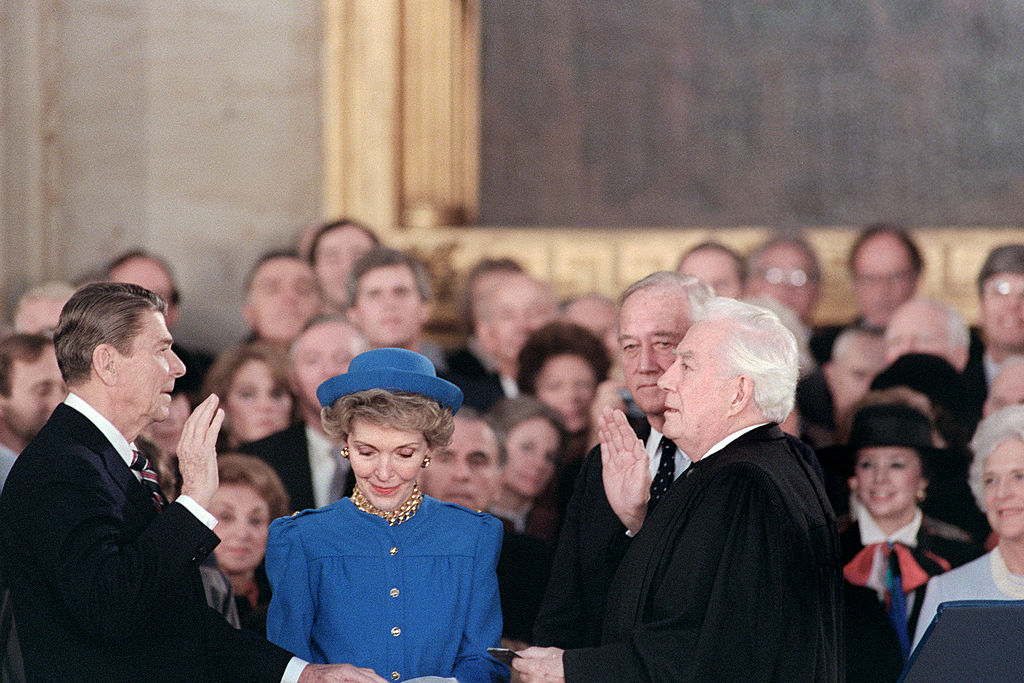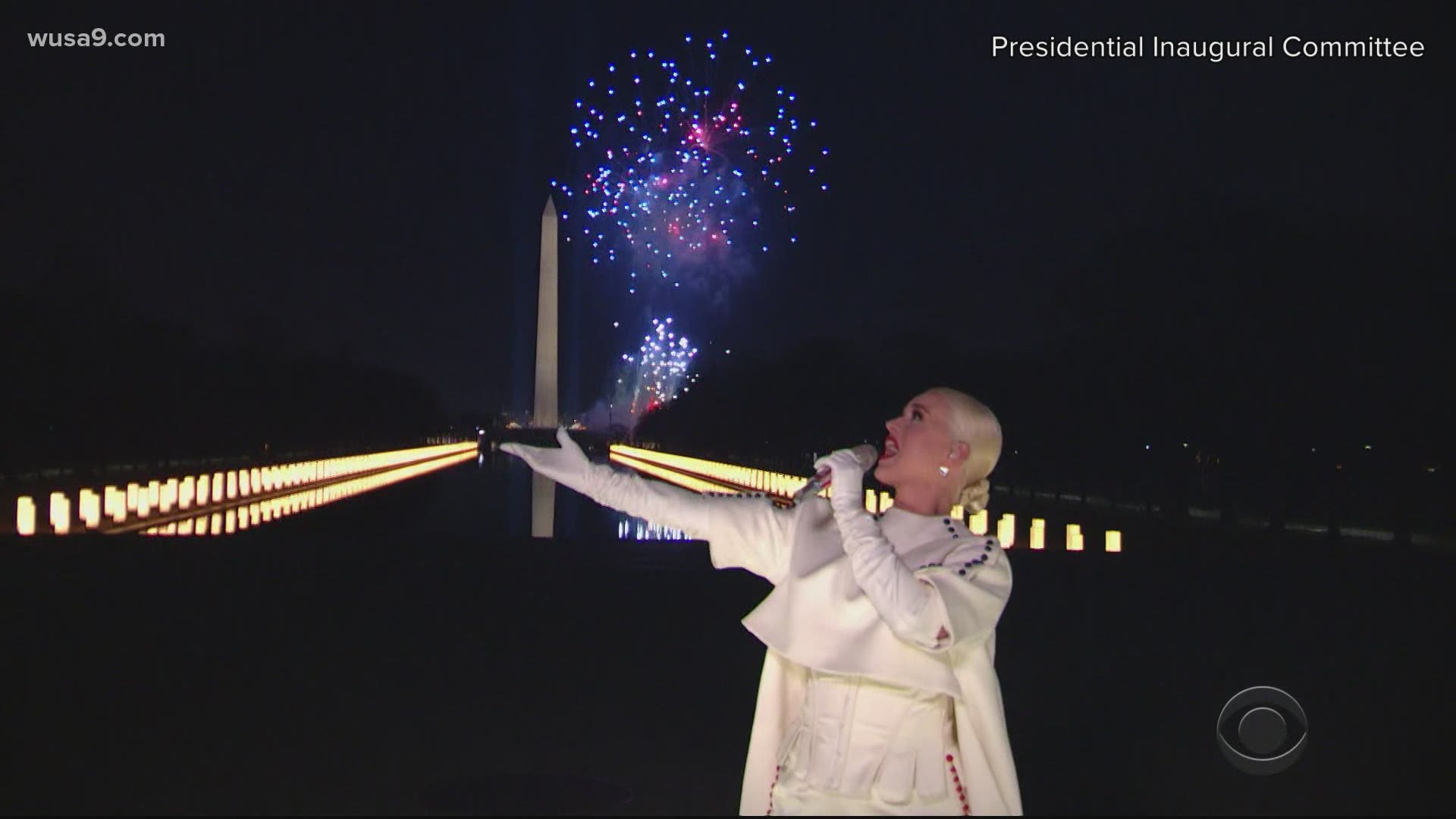As Washington D.C. and the nation gears up to welcome a new president, thousands plan to come to the nation's capital for Inauguration Day.
Being that it's in January, most likely it'll be cold.
Let's take it back for a minute and look at the history of the inauguration and weather on that day.
But first things first -- the Presidential Inaugurations weren’t always on January 20.
In fact, until 1933 they were held on or about March 4. The U.S. Congress subsequently passed the 20th amendment that stipulated that Inauguration should occur on or about January 20.
Its purpose was to reduce the amount of time between Election Day and when the new President took office. The first time an Inauguration occurred on January 20 was in 1937 for FDR’s second Inauguration. National Weather Service data says average high and low temperatures for the Nation’s Capital on January 20 are 43 and 28 degrees respectively.
The coldest Presidential Inauguration was for President Ronald Reagan’s second term and occurred on January 21, 1985. It was only 7 degrees at the time of the noon ceremony on January 21, 1985 that led it to be moved indoors to the Capitol Rotunda. Some other very cold Inaugurations occurred in 1961 for President Kennedy when it was only 22 degrees, for President Ulysses Grant in 1873 (16 degrees) and for President Andrew Jackson in 1833 (29 degrees).
One Inauguration even appeared to be fatal. President William Henry Harrison was inaugurated on a cold and wet day (March 4, 1841). He refused to wear a hat and coat during his 1 hour and 40 minute inaugural address. That was said to have played a role in President Harrison contracting pneumonia which claimed his life a month later on April 4. His 32 days in office remain the shortest term for any U.S. President.
By comparison, the warmest Presidential Inauguration was for President Reagan’s first term on January 20, 1981 when the noon temperature was 55 degrees. The rainiest Inauguration was in 1937 when 1.77” fell for President Roosevelt’s second Inauguration. The snowiest Inauguration was when eight inches fell the night before President Kennedy was inaugurated on January 20, 1961. Nine inches of snow also occurred shortly before President Taft’s 1909 Inauguration and a rain/snow mix occurred for President Grover Cleveland’s Inauguration in 1893.
Here are some interesting facts about Presidential Inaugurations. George Washington took his oath of office in New York City in 1789 on April 27, but his second Inauguration took place in Philadelphia on March 4, 1793. John Adams was the last president sworn into office in Philadelphia which happened on March 4, 1797. Thomas Jefferson was the first president sworn into office right here in Washington, D.C. on March 4, 1801.
The weather for Inauguration Day four years ago was near average with a high/low temperature of 47/32 degrees. The average temperature during the swearing in is 37 degrees.
You can rely on the entire WUSA9 Weather team for the latest weather updates on-air, online and on the free WUSA9 app for your mobile devices.


